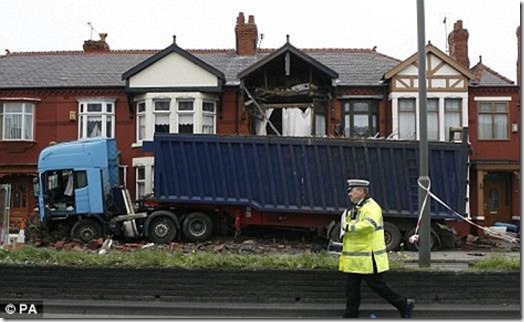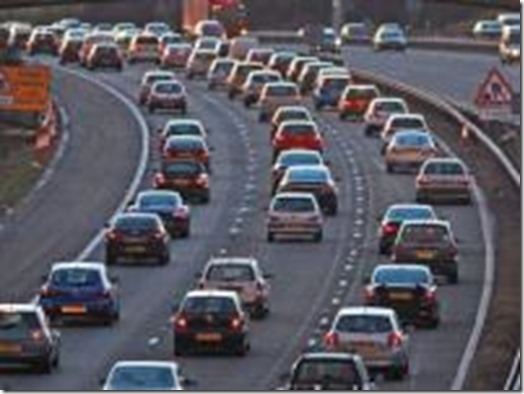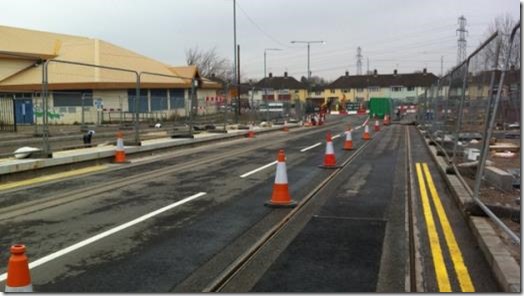I’ve written many times about Nottingham’s tram system, and in particular how it is a monumental waste of money and a showcase for the incompetence of those involved with it. I read somewhere that every minute beyond the planned completion date was costing an additional £100. That puts the bloody thing up to £35 million over budget depending on how you calculate it. 
Work started in January 2012 and they immediately imposed major, long-term road closures and restrictions. Completion was scheduled for the end of 2014 – at which time every single one of the original road closures and/or restrictions were still in place, most of them at serious traffic bottlenecks. Half a brain or even a trace of conscience would have prompted those responsible to have dealt with the bottlenecks first, but these people are far from being normal. As a result they left the restrictions in place for so long that it could only have been deliberate – punitive actions by petty minded morons who only have eyes for their darling tram system.
As I write this (in the first week of August 2015) there are precious few signs that we’re anywhere near having a functioning service.
Oh, yes. We’ve had “important milestones”. The latest one concerned the opening of the first stop on the new line. The fact that it’s only metres away from an existing stop (which has been taken out of service) seems to escape the sycophants at the BBC, as does the fact it is only a “stop”, and not a “station” as reported. Irrespective of this “milestone”, the project is at least 8 months behind schedule, and nothing can ever erase that simple fact, or the sheer incompetence which has led to it.
Another “milestone” was the commencement of trams running on the line for test purposes. The outcome of this was that further major road closures took place as they dug up sections of the line because it hadn’t been laid properly. The BBC wasn’t so keen to report on that little detail – but I’ve seen it at numerous locations in Clifton during the last month or so. All you have to do is drive along the line and look for the particoloured tarmac to see the tell tale signs.
A perfect illustration of the incompetence of those who are building the new line can be seen in another current story. There is controversy over the installation of a tram stop sign in Chilwell (note the spelling), which the clowns have gone and spelt as “Chillwell”. To understand the significance of this, you have to look at the planning which went into the work in Beeston and Chilwell. Beeston High Road was originally scheduled to be shut for 12 months, and it’s hard to imagine the arrogance and stupidity required for such a long planned closure of a busy shopping area in the first place. It’s even harder when you consider that the actual closure lasted 19 months. And yet it was still trumpeted as a “milestone” when it eventually re-opened. Shop keepers went out of business, and others still might. So you can guess how people felt when they saw that new sign.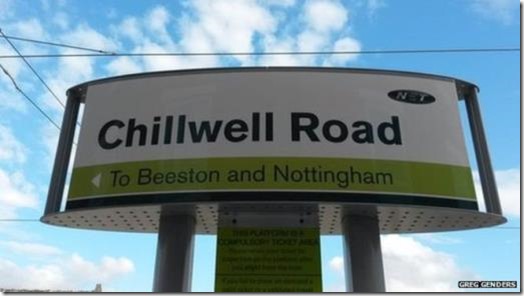
The High Road may well be open again, but people simply haven’t gone back. If you drive along there – as I often do on lessons – it’s like a ghost town, even at peak times during the day. It used to be a hive of activity, but now it is virtually dead.
If you should still doubt the stupidity of Nottingham City (or County) Council, another recent story might make you think again. Two roads in Beeston, just off the High Road, have been made tram-only routes. It shouldn’t come as much of a surprise to learn that the council installed enforcement cameras, and these recently went live. In the first week they collected £19,500 in fines.
The county [it gets confusing – you can’t figure whether it is the City or the County, or both] council said it wanted to avoid the area becoming a rat run but some residents thought drivers were trying to avoid tram-related roadworks.
This comment makes my blood boil:
Peter Goode, traffic manager at the county council, said: “This is well signposted – both at the road and on the main access routes.
Trust me. It isn’t. I’ve been down there once – by accident – with a pupil before the cameras went live. The layout of the road, and how it appears from a distance as you approach it means that mistakes by drivers are pretty much guaranteed.
Another “milestone” a few months ago was when road closures and restrictions in Clifton on Southchurch Drive and Farnborough Road were lifted after the full two and a half years. The publicity given by local media (BBC, Clifton Local News, etc.) completely hid the fact that within a week the same restrictions were back up in all the same places and more besides because they were having to dig the line up and fix it. Even now, in early August, there are various light-controlled chicanes and closures throughout Clifton.
Pre-tram, if you travelled the whole length of Southchurch Drive there used to be four (possibly five) zebra crossings. Now, there are seven sets of lights. Three roundabouts were replaced with light-controlled crossroads (which are also pedestrian controlled crossings). As you’d expect with Nottingham City Council, these crossings are heavily biased in favour of pedestrians, and each of the four apparently separate crossings on each branch of the Southchurch Drive/Green Lane junction will stop traffic within seconds of a pedestrian pushing the button. And this is before you factor in the priority that will be afforded to the trams once they start running.
Elsewhere, I’ve been driving along Abbey Street in Lenton a lot this last week. I’m not exaggerating when I say that every single time I have reached the junction with Gregory Street the lights have been on red and a tram has gone past. If they are testing the trams at anything like the frequency they’re going to be operating at, rush hour is going to be a nightmare once the schools are back this autumn.
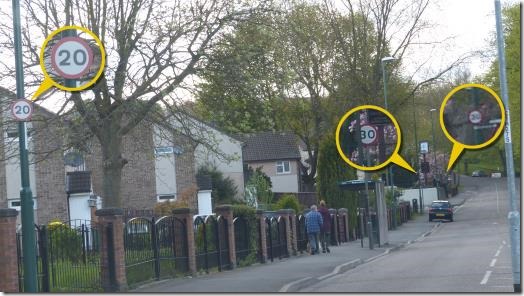
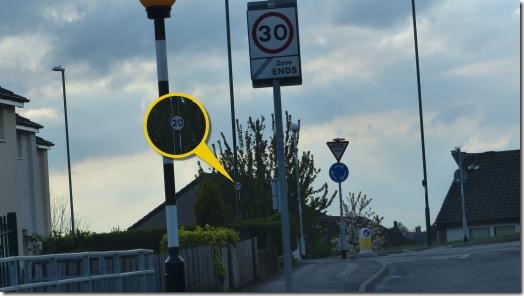

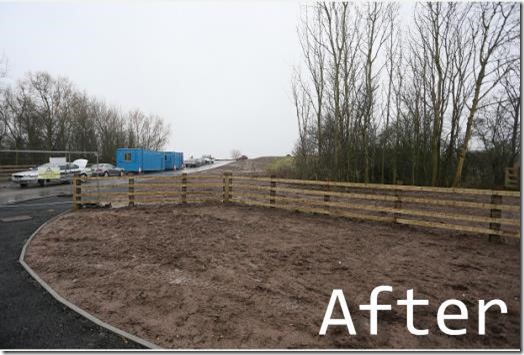
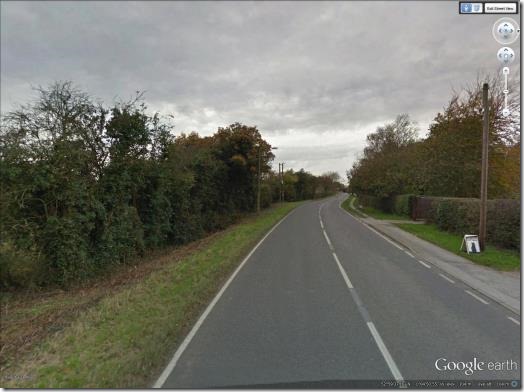
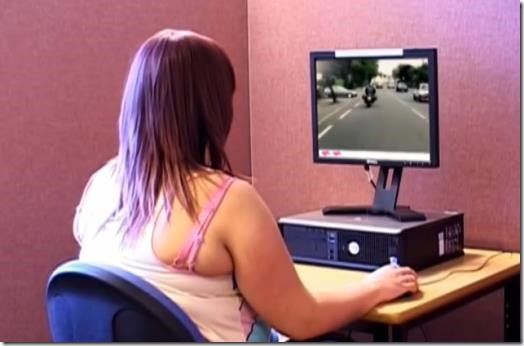
 tax annually, every six months, or monthly by direct debit.
tax annually, every six months, or monthly by direct debit.